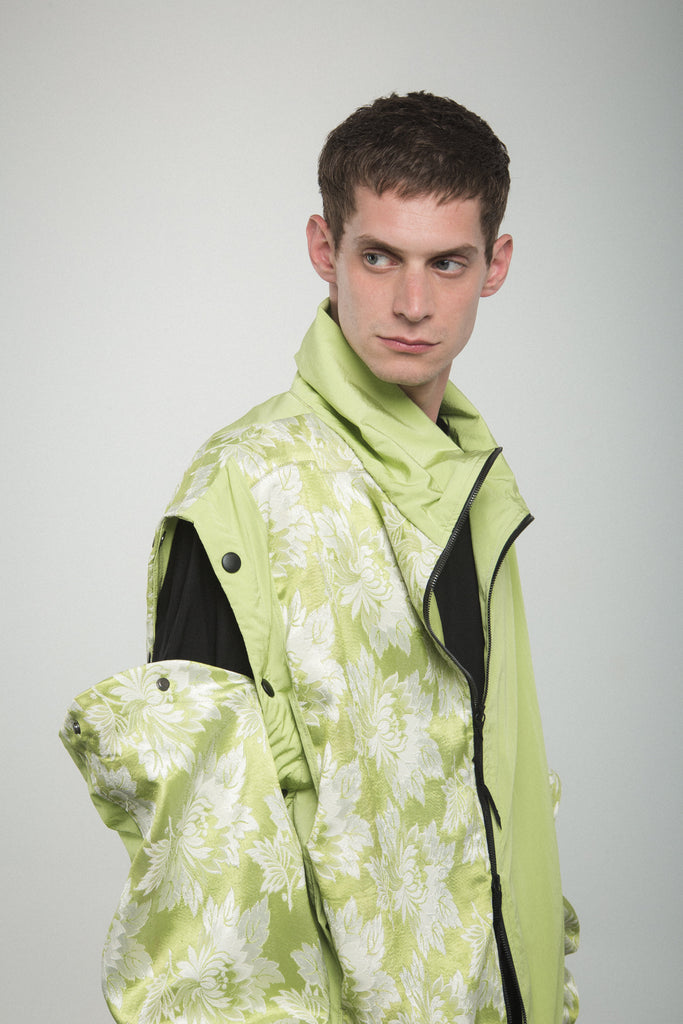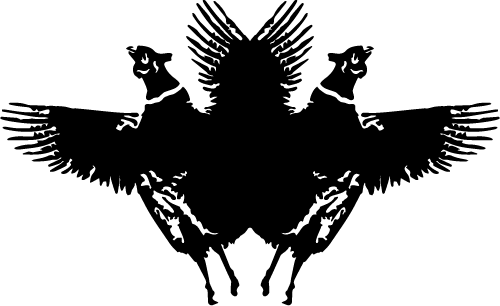
KASSAI SILK
Colloquially called “Kassai silk” or “Slovakian silk”, this intricate but sturdy textile is named after its initial origin from the city of Kosice (Kassa) and its status as the most expensive fabric used in traditional costumes in Hungary.
The brocade fabric is made with a unique, alternating weaving technique that gives it its three-dimensional woven texture. Its pattern is typically floral, usually featuring large flowers like roses, chrysanthemums, thalias or lilies, sometimes accompanied by line patterns of small motifs or flowers. “Kassai silk” is woven with at least two but sometimes three or four colours, which play into the “floating thread” weaving technique, resulting in endless combinations of textured patterns.
Most often used in skirts, aprons, shirts or headscarves, “Kassai silk” was most popular in Hungary in the 1940s but became very rare after the 1960s. With the travel restrictions of the Communist era, it became almost impossible for people to access foreign fabrics. However, “Kassai silk” was still sought after and people often smuggled pieces of it into Hungary by sewing the fabric into the lining of their clothing. The “Kassai silk” produced after the 1960s typically featured two or three colours and floral patterns with pointed petals. As it is often part of the costumes worn for folk dancing, this type of floral brocade fabric is still produced today but with smaller patterns and a steep decline in quality.













